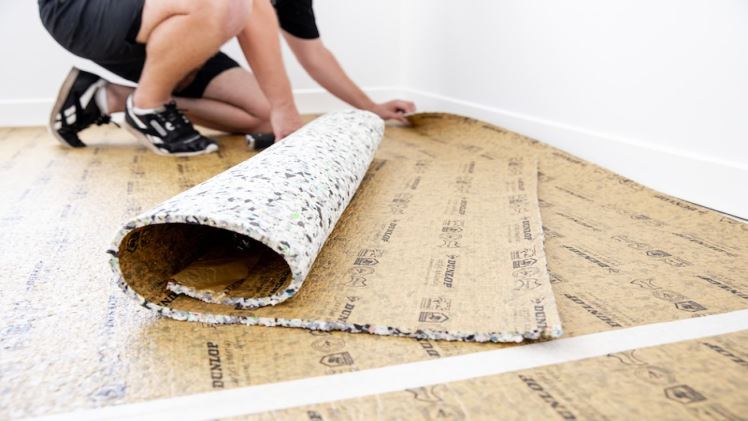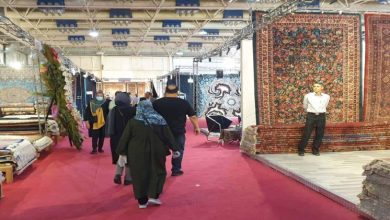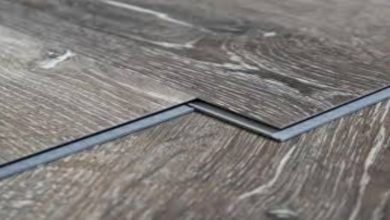Purpose for Carpet Underlay

Carpet underlay might seem like an inconspicuous part of interior decor, but its significance is undeniable. Acting as a foundation for carpets, underlay serves various purposes, contributing to both comfort and durability.
Cushioning and Comfort
One of the primary purposes of carpet underlay is to provide cushioning underfoot. It adds a layer of softness that enhances comfort, making walking or standing on the carpeted surface more pleasant. This cushioning effect also helps to reduce fatigue, especially in high-traffic areas.
Sound Insulation
Underlay plays a crucial role in reducing noise transmission between floors. By absorbing impact and sound vibrations, it minimizes noise from footsteps, conversations, and other activities, creating a quieter and more peaceful environment within the room and throughout the house.
Thermal Insulation
Another important function of carpet underlay is thermal insulation. It acts as a barrier against heat loss through the floor, helping to maintain a warmer indoor temperature and reducing energy costs associated with heating. In colder climates, proper insulation provided by underlay contributes to a cozy and comfortable living space.
Protection and Durability
Underlay acts as a protective layer for both the carpet and the subfloor beneath it. It helps to absorb the impact of foot traffic and furniture, preventing premature wear and tear on the carpet fibers. Additionally, by reducing friction between the carpet and the floor, underlay helps to extend the lifespan of the carpet by minimizing abrasion and damage.
Smoothing Imperfections
In rooms with uneven or imperfect subfloors, underlay can help to create a smoother surface for carpet installation. It fills in minor irregularities and provides a level base, ensuring that the carpet lies flat and looks aesthetically pleasing. This is particularly important for achieving professional-looking results in carpet installations.
Moisture Barrier
Some types of underlay come with a built-in moisture barrier or have moisture-resistant properties. This feature helps to prevent moisture from seeping into the carpet and subfloor, protecting against mold, mildew, and water damage. In areas prone to spills or high humidity, such as basements or bathrooms, choosing a moisture-resistant underlay is essential.
Conclusion
In conclusion, carpet underlay serves multiple purposes that are integral to the overall performance and longevity of carpeted floors. From providing cushioning and sound insulation to enhancing thermal efficiency and protecting against wear and tear, underlay plays a crucial role in creating a comfortable, durable, and aesthetically pleasing indoor environment. Choosing the right type of underlay based on specific needs and preferences is essential for maximizing the benefits it offers.



